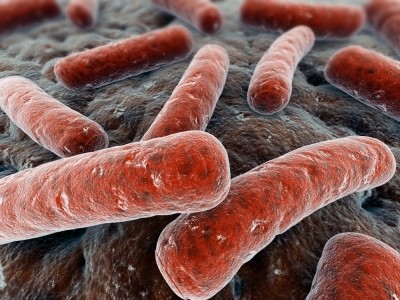Ozone nano-bubbles harnessed to sterilise water
that can be used for food processing.
Royal Electric Co.'s RVK-NI water steriliser mixes ozone nano-bubbles with oxygen micro-bubbles, according to a report by Japan Corporate News (JCN).
Because ozone is an unstable, highly reactive form of oxygen, it is 51 times as powerful as chlorine, the oxidizer most commonly used by most food processors, and 3,000 times as fast at killing bacteria and other microbes.
The method is generating considerable interest among manufacturers seeking a means of ensuring ultrapure and almost completely bacteria-free water for use in food processing.
The treatment also means that manufacturers can forego the use of chlorine or other chemicals used to disinfect the water used in their processes.
Royal Electric says its new equipment can either be used to produce water for food processing or for cleansing seafood as it has a stronger antibacterial effect than conventional ozone water, reported JCN.
The RVK-N1 can produce about 40 liters of micro-nano bubble water per minute but Royal Electric intends to produce larger water sterilizers in the future.
The machine was produced through a collaboration between Japan-based Royal Electric, the REO Research Institute and the Naga Group.
REO Research, a private institute, was responsible for developing the method to produce ozone nano-bubbles.
REO worked with Japan's Research Institute for Environmental Management Technology (AIST) to develop the method, which succeded in forming ozone and oxygen nanobubbles.
Although ordinary ozone can only exist in water for a very short time, it can be retained for several months when supplied in the form of nanobubbles, according to an AIST report.
"Because the process produces large quantities of free radicals using very little energy, for example, when this technology is applied to wastewater treatment of the organic effluents discharged from a food processing plant, virtually all organic components can be decomposed efficiently into water and CO2," AIST stated.
Separate research by the University of Abertay Dundee found that ozone by itself normally only eliminates 99.99 per cent of bacteria.
By combining the gas treatment with microbubbles destroys 99.9999 per cent of E.coli bacteria in a given volume of water, according to the research.
Ozone gas is a naturally occurring tri-atomic form of oxygen that is formed as sunlight passes through the atmosphere.
It can be generated artificially by passing high voltage electricity through oxygenated air.
Nanotechnology refers to the technique of controlling and manipulating matter at near atomic scales to create new materials and devices.









